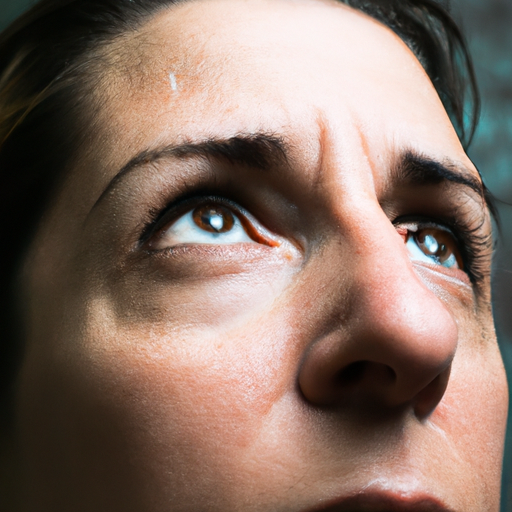Title: Unmasking Acne: A Comprehensive Dermatologist’s Guide to Diagnosis and Treatment
As a dermatologist, I understand the distress and frustration that acne can cause. This common skin condition affects millions of people worldwide, impacting both their physical appearance and emotional well-being. Today, I want to unmask acne, providing a comprehensive guide to its diagnosis and treatment.
Acne is a skin condition characterized by the occurrence of inflamed or infected sebaceous glands in the skin, resulting in pimples, blackheads, whiteheads, or cysts. It primarily affects areas of the skin with a high number of oil glands, including the face, upper part of the chest, and back.
The primary causes of acne include excess oil production, clogged hair follicles by oil and dead skin cells, bacteria, and excess activity of a type of hormone (androgens). Factors like stress, diet, hormonal changes, certain medications, and even genetics can also contribute to acne development.
Diagnosing acne is usually straightforward. As a dermatologist, I can identify acne by examining your skin. The severity of acne is determined by the type of acne lesions present and their distribution on the body.
Treatment for acne aims to reduce oil production, speed up skin cell turnover, fight bacterial infection, and reduce inflammation. Depending on the severity and persistence of acne, I may recommend over-the-counter (OTC) medications, prescription drugs, or a combination of both.
OTC acne treatments often contain active ingredients like benzoyl peroxide, salicylic acid, or sulfur. These products can help with mild acne by reducing oil production and fighting inflammation.
For moderate to severe acne, prescription medications may be necessary. Topical retinoids are often the first line of treatment. They work by preventing the formation of new acne lesions. Other prescription treatments include antibiotics to fight infection and inflammation or combined oral contraceptives for women with acne related to hormonal fluctuations.
In some cases, I may recommend procedures such as laser therapy, chemical peels, or drainage and extraction to treat stubborn acne or acne scars.
Remember, each person’s skin is unique, and what works for one person may not work for another. It’s essential to have patience, as acne treatments can take 4-8 weeks to see noticeable improvement.
In conclusion, acne is a common but treatable skin condition. As a dermatologist, I can provide a comprehensive diagnosis and create a personalized treatment plan to manage your acne effectively. Don’t let acne mask your confidence; seek professional help to unmask a clearer, healthier complexion.
Keywords: Dermatologist, Acne, Diagnosis, Treatment, Skin Condition, Oil Production, Inflammation, Prescription Medications, Over-the-Counter Treatments, Laser Therapy, Chemical Peels.




